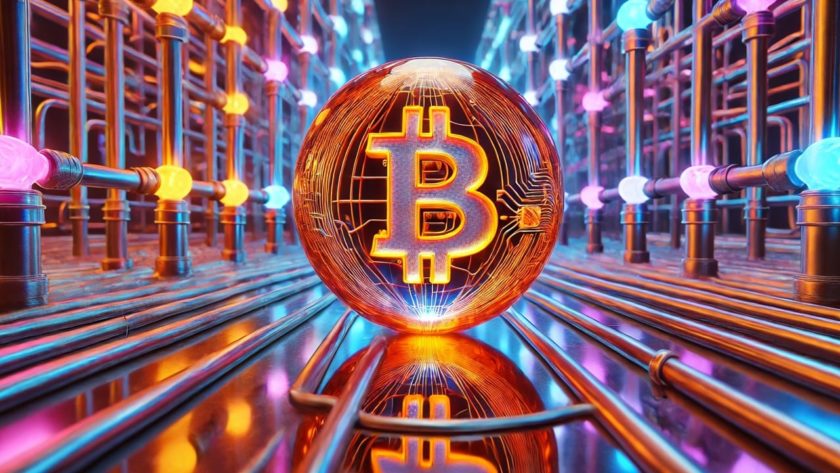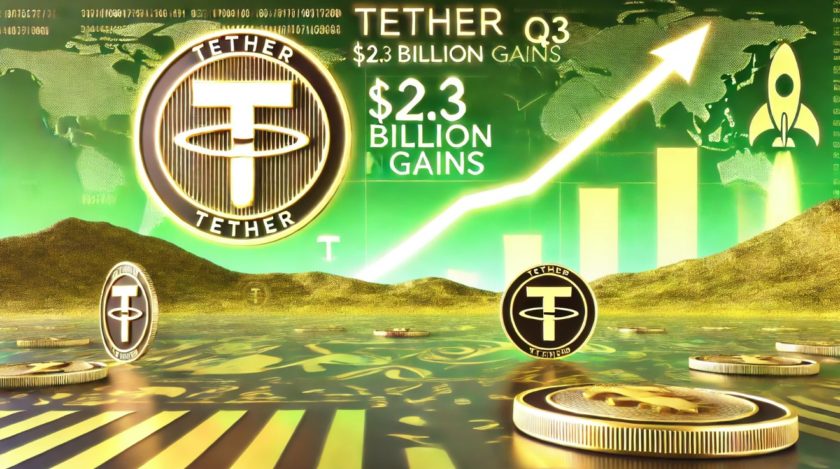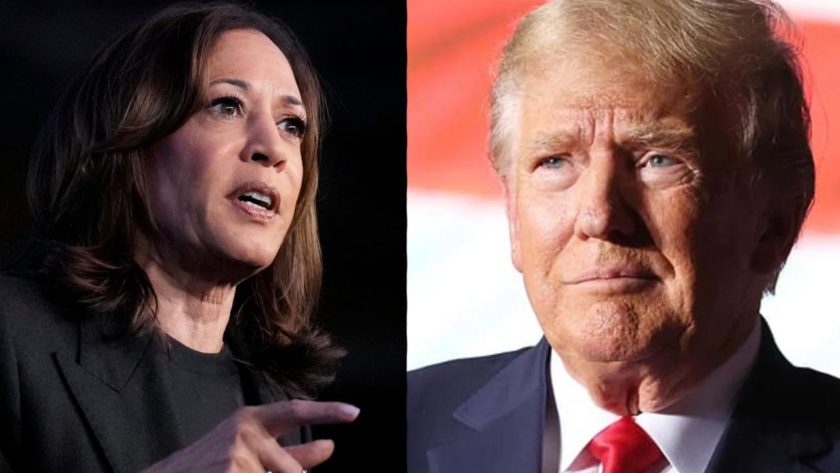Stablecoins are that bridge, and they create two types of risk for the banking system. First, stablecoin reserves are often held in the form of bank deposits. Second, when they are not held by banks, those reserves are often held in the types of securities that banks and other systemically important financial institutions also hold – i.e., Treasury bonds and short-term corporate paper. Stablecoins, thus, create a risk that a sudden drop in the value of crypto assets could affect the real banking system.
The Big Miss in the Biden Administration’s Stablecoin Report




